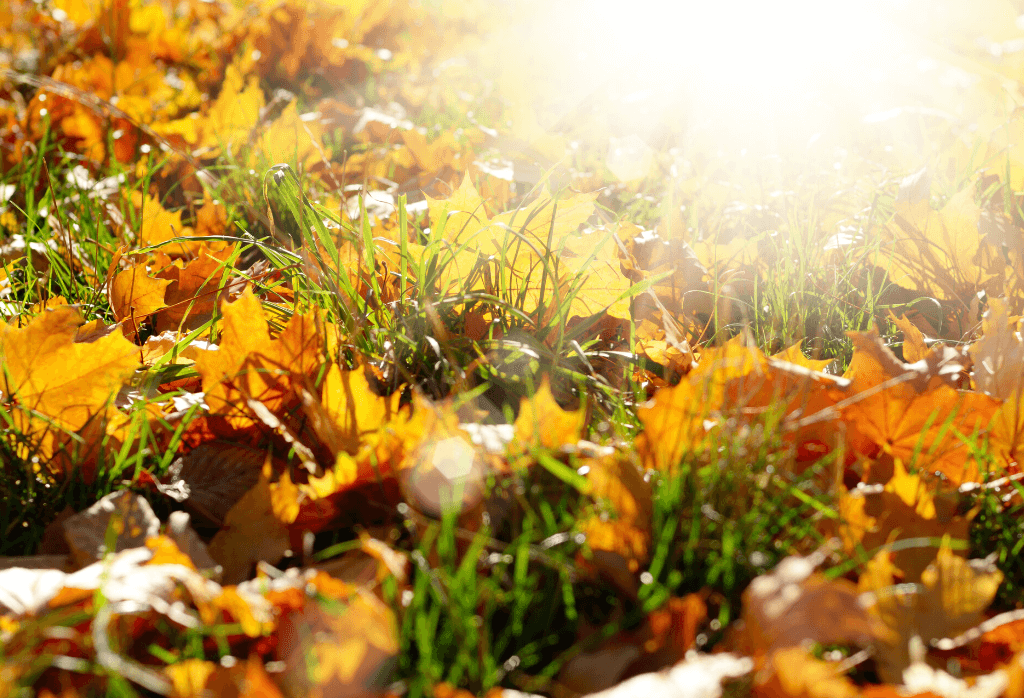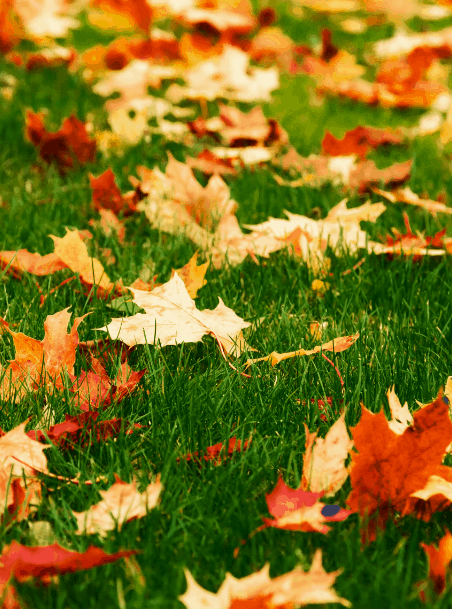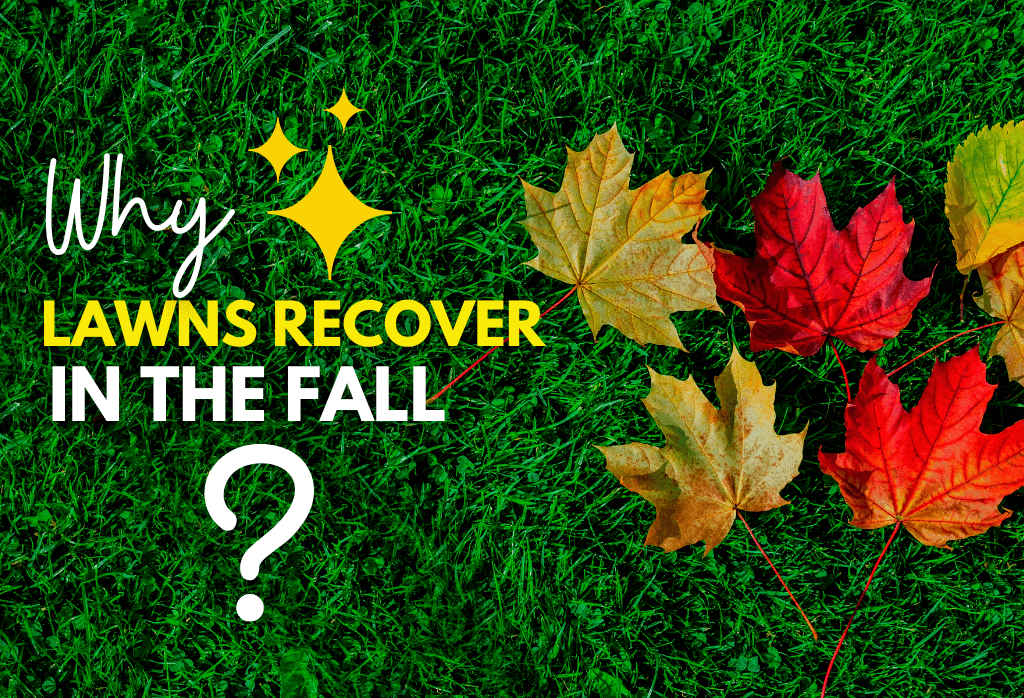Why Lawns Recover In The Fall
As daytime temperatures drop and cool nights return, your lawn should recover and rebuild its natural health. Summer is notoriously hard on lawns. From weed invasions, disease, heat/drought stress and insect attack your lawn can suffer and result in serious damage.
If this is the case for you and large dead areas are apparent, now is the time to have the lawn core aerated and over-seeded. For best results, contact an experienced lawn care service provider for this service.
If the lawn is only thinned out a bit and full of weeds, normal and applications of fertilizer and weed controls should do the trick. Don’t just let it go. Letting your lawn recover on its own amounts to missing the very best time of the year to help your lawn regain density, health and vigor.



Fall fertilizer applications have long been shown to build root density. Fertilizing in the fall ensures that grasses are able to take up and store critical carbohydrates in the crowns of the plant. Few realize that even in winter grass never completely stops growing, processing nutrients, and preparing the plant for a quick spring green up. Contrary to a popular belief, fall fertilizing will not “lush up” the grass, setting it up for winter damage. The key is using a ‘timed-release’ fertilizer; a product that releases its nitrogen and potassium, slowly over time.
In addition, most homeowners are unaware of the effectiveness of fall weed control applications.As long as the weeds are active, they can be controlled. The key to any successful weed control program is using the correct product and applying it in an even and timely manner.
Bottom line, fall is the best time to help your lawn regain its strength and beauty and to prepare it for the tough winter temperatures and drying winds that lie ahead.
Click here details on building your lawn in the fall.


Join Our Free Lawn Care Newsletter
Stay Up to Date With The Latest News & Updates
* We don’t share your info with anyone ever.




